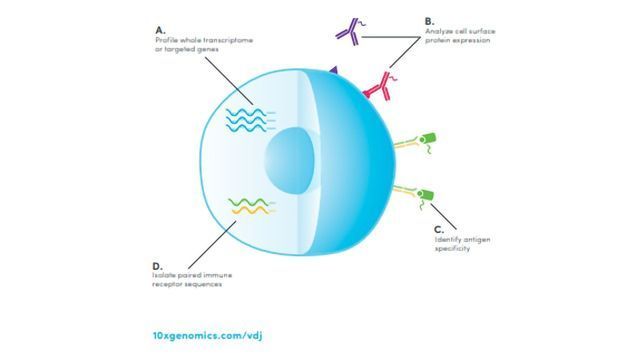In recent times, single cell analysis has become an integral part of several fields of research such as developmental biology, oncology, and stem cell research. However, the analysis of single cells has always been a daunting task due to their heterogeneity, scarcity, and fragility. To cater to the needs of the researchers, automated systems for handling single cells have emerged as a boon. Among these, fully-automated sorting and picking systems stand out for their fast, efficient, and reliable operation.

The traditional method of isolating and analyzing single cells involves manual pipetting, which not only consumes time but also risks cross-contamination and loss of sample. These limitations have been overcome by the advent of fully-automated sorting and picking systems. These systems can pick single cells, clusters, spheroids, and adherent colonies with high precision and accuracy. They can also perform downstream applications such as single-cell sequencing, single-cell transcriptomics, and single-cell proteomics efficiently. The systems are equipped with sophisticated imaging technology that enables the detection of cells based on their morphology, size, and fluorescence intensity.
The advantages of fully-automated sorting and picking systems are numerous. Firstly, they save time and enhance workflow efficiency by reducing the time taken for manual sorting and picking. For instance, in the case of the CellCelector system (remove brand name), cells can be picked at a rate of up to 5 cells per minute. Secondly, these systems reduce the risk of cross-contamination and loss of sample, thus ensuring accurate and reliable results. Thirdly, they allow for the analysis of cells in a non-destructive and non-invasive way, which is particularly important for rare cells or cells that are difficult to culture. Fourthly, the systems are highly customizable, allowing researchers to choose cells based on specific criteria such as size, morphology, or fluorescence expression.
The fully-automated sorting and picking systems are suitable for a wide range of applications. In oncology, these systems can be used to isolate rare cancer cells and study their molecular profiles. In stem cell research, these systems can be used to sort stem cells based on their differentiation status or their response to signaling molecules. In developmental biology, the systems can be used to isolate and analyze single cells during embryogenesis. In microbiology, the systems can be used to isolate and study bacteria or yeast cells. The applications are endless!
Moreover, these systems are not only limited to the analysis of single cells, but they can also be used for high-throughput screening of chemical libraries, drug discovery, and cell-based assays. These systems can also be integrated with other technologies such as gene editing and gene expression analysis to provide a comprehensive analysis of single cells.
In conclusion, fully-automated sorting and picking systems have revolutionized the way single cell analysis is performed. They have provided researchers with a fast, efficient, and reliable way of handling single cells while reducing the risk of cross-contamination and loss of sample. These systems are suitable for a wide range of applications in various fields of research. With the increasing demand for single cell analysis, fully-automated sorting and picking systems are poised to become an essential tool for researchers worldwide.